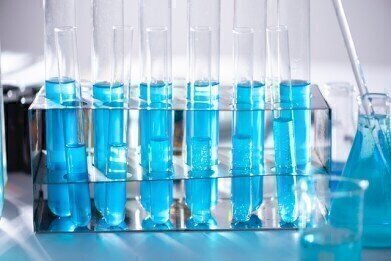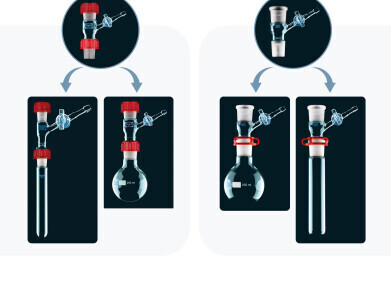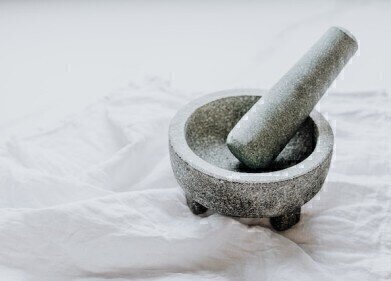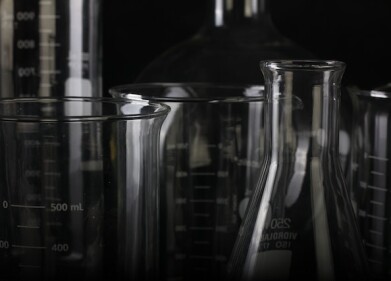Glassware
How to Clean Glassware in the Lab
Aug 21 2022
From flasks and beakers to test tubes and pipettes, glassware is a staple in most scientific laboratories. Purpose-built to cope with the demands of scientific research and experiments, lab glassware boasts exceptional strength, clarity, thermal stability and resistance to toxins, chemicals and corrosive substances.
In most cases, cleaning laboratory glassware calls for a specialised approach. This not only protects laboratory personnel but helps to improve the accuracy of results, avoid cross-contamination and extend the longevity of glassware.
Different glassware types generally demand different cleaning methods. However, the tips below can be applied to most glassware in the lab.
Use the right solvent
Selecting the right solvent is an important part of the glassware cleaning process. The type of solvent used will depend on the materials the glassware was used to store or transport. For example, solvents such as acetone or ethanol should be used to remove organic matter from glassware. Acid solutions such as hydrochloric acid blended with nitric acid are best for glassware being used for chemical reaction testing. Chromic acid cleaning solutions are useful for removing glassware that’s become cloudy or caked with organic matter.
Clean ASAP
Ideally, glassware should be cleaned as soon as it’s no longer being used. This prevents the formation of solid residues that can be difficult to remove.
Invest in autoclaves
Autoclaves take the hassle out of cleaning glassware with a high-pressure steam system that kills bacteria, viruses, spores and other microorganisms. Guidelines published by Princeton University in New Jersey stress that to effectively kill contaminants, “the autoclave must reach and maintain a temperature of 121° C for at least 30 minutes by using saturated steam under at least 15 psi of pressure.” Depending on the volume and contents of the load, cycle time may need to be increased.
Pre sterilise when necessary
Laboratories handling potentially harmful specimens such as spore-bearing bacteria, viruses and blood should sterilise glassware before cleaning. Autoclaves are generally an easy and effective solution. Glassware can also be sterilised using a steam oven or by boiling in detergent for 30 minutes.
Rinse in deionised water
Many laboratory glassware cleaning guidelines call for deionised water rinses. Also called DI water, this form of H2O is purified to remove minerals such as potassium and sodium. Rinsing glassware with deionised water offers two major benefits. First, the purity of the water makes it more efficient at attracting contaminants. This results in a more thorough clean. Secondly, deionised water doesn’t leave a residue on glassware. This reduces the risk of glassware taking on contaminants, which could compromise the accuracy of future experiments.
Find out more about best-practice laboratory cleaning methods, including tips on how to clean hot plates, mortar and pestles and surfaces in ‘Laboratory Hygiene - A Comprehensive Guide’.
Digital Edition
Lab Asia Dec 2025
December 2025
Chromatography Articles- Cutting-edge sample preparation tools help laboratories to stay ahead of the curveMass Spectrometry & Spectroscopy Articles- Unlocking the complexity of metabolomics: Pushi...
View all digital editions
Events
Jan 21 2026 Tokyo, Japan
Jan 28 2026 Tokyo, Japan
Jan 29 2026 New Delhi, India
Feb 07 2026 Boston, MA, USA
Asia Pharma Expo/Asia Lab Expo
Feb 12 2026 Dhaka, Bangladesh



















